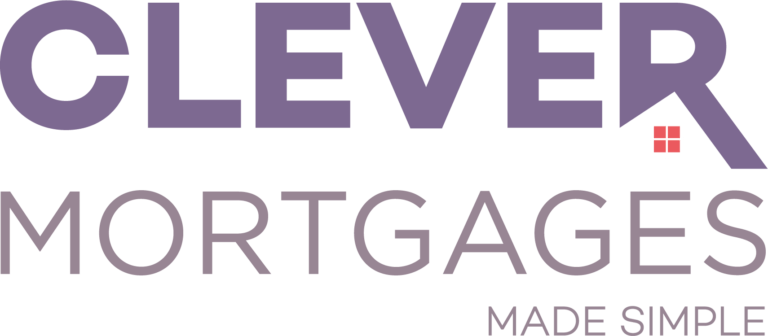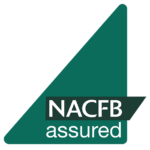Self build mortgages
Self build mortgages
If you’re planning on building your own home, then an ordinary mortgage might not be suitable for you. Self build mortgages are home loans that you borrow to fund the build of a property.
How does a self build mortgage work?
In a similar way to new build mortgages, you would usually apply for a self build mortgage before any construction work has begun. As a consequence, these mortgage types are a higher risk to lenders as there is no existing property. As a result, interest rates are typically higher for self build mortgages. This might make it difficult for you to secure a mortgage if you are looking to build a house with a poor credit history.
When will funds be available?
The main difference between a self build mortgage and other mortgage types are that the lenders will release funds to you in stages during the build, rather than in one lump sum. This is to reduce the risk to the lender and to also ensure that money is spent as planned or used up part way through the project.
Generally, you will receive the funds in the following releasing stages;
- when you have bought the land
- once the foundations are down
- when building work is up to the property eaves
- when the roof is watertight and the plaster is dry
- upon property completion.
Generally, funds at each stage are only made available once the work is complete and a valuer has visited the site. However, some mortgage providers will release the funds at the beginning of each stage. This can be useful if you don’t have the cash upfront to pay for materials or contractors.
Advantages
People choose to build their own property are because there are many benefits including;
- The opportunity to design and build a property that meets your own wants and needs.
- Savings on stamp duty – which is generally not a cost when building a property yourself. You only have to pay stamp duty if the land you buy exceeds £125,000.
- Financial gains – most people find that their property is worth much more in value than it cost them to build.
Downsides
However, there are some disadvantages to building your own property, most of which make it only possible for people who have a large amount in savings to build:
- Larger deposit amount – this is usually at least 25% of the total mortgage amount, but might be as much as 50%.
- A large amount of paperwork – including plans for the property and projections of costs.


